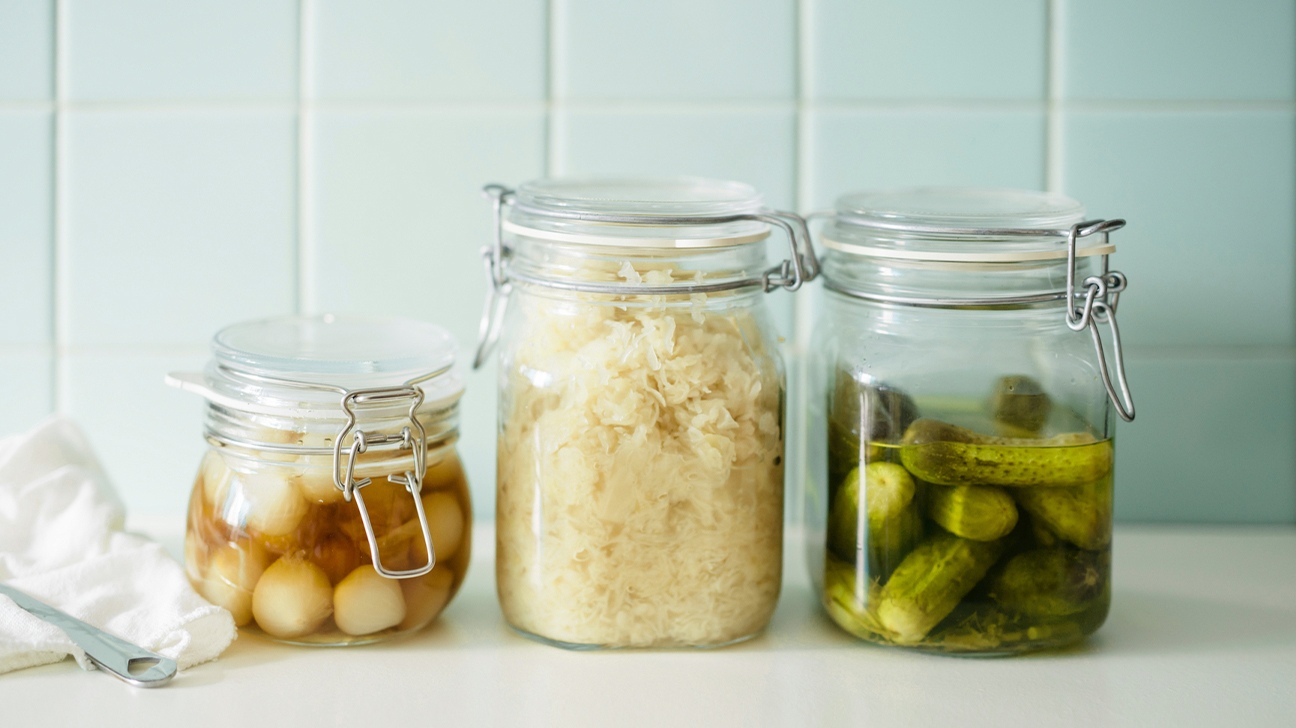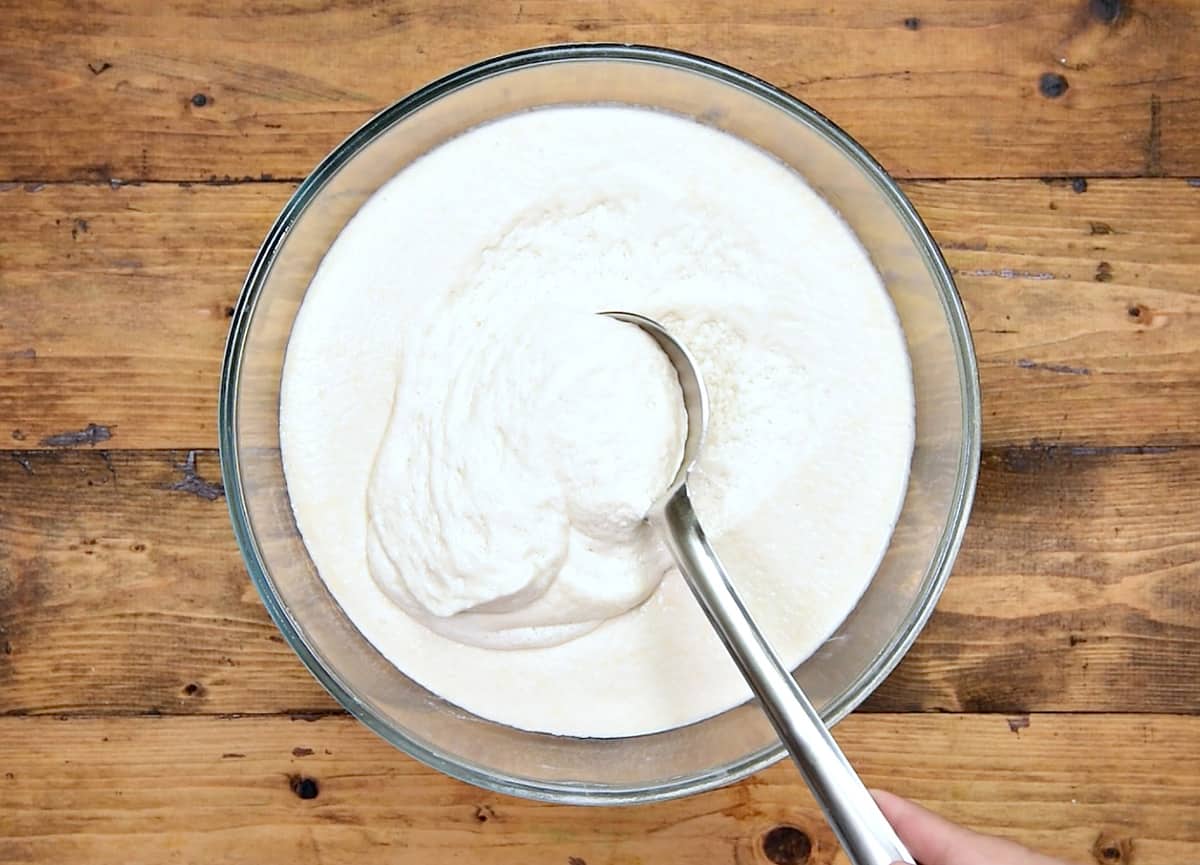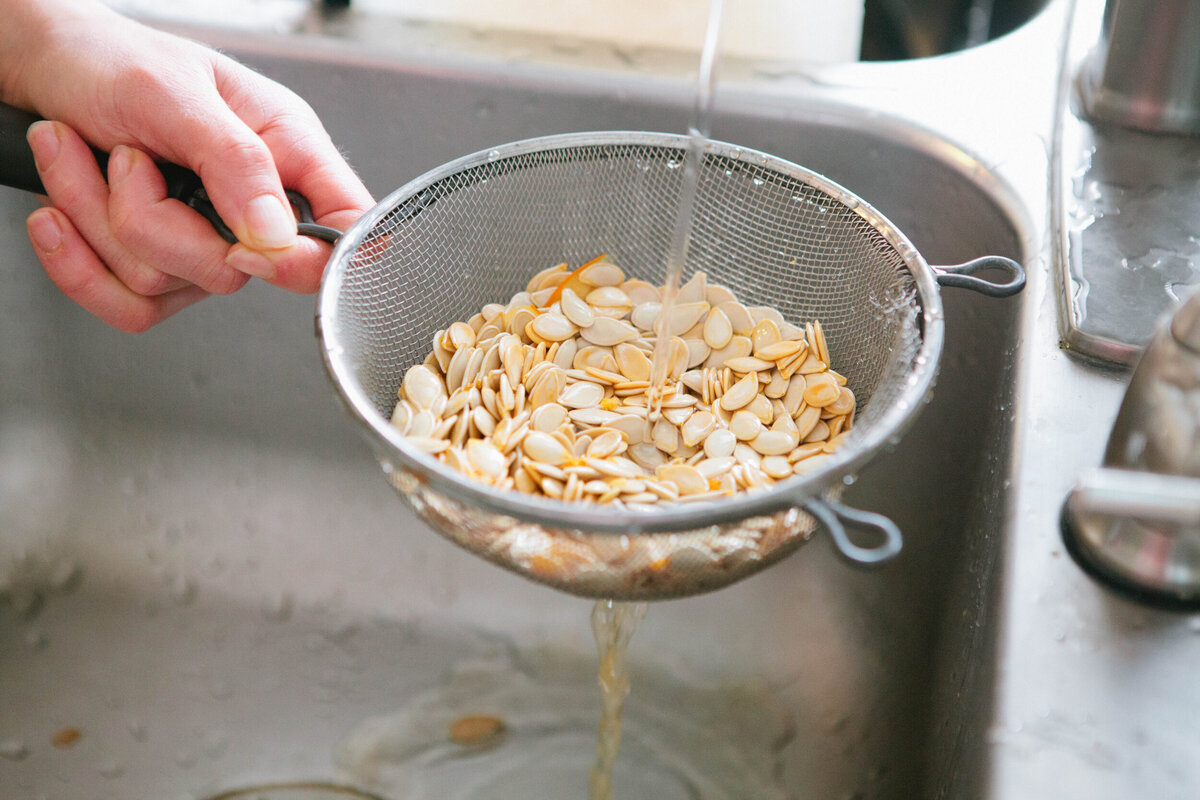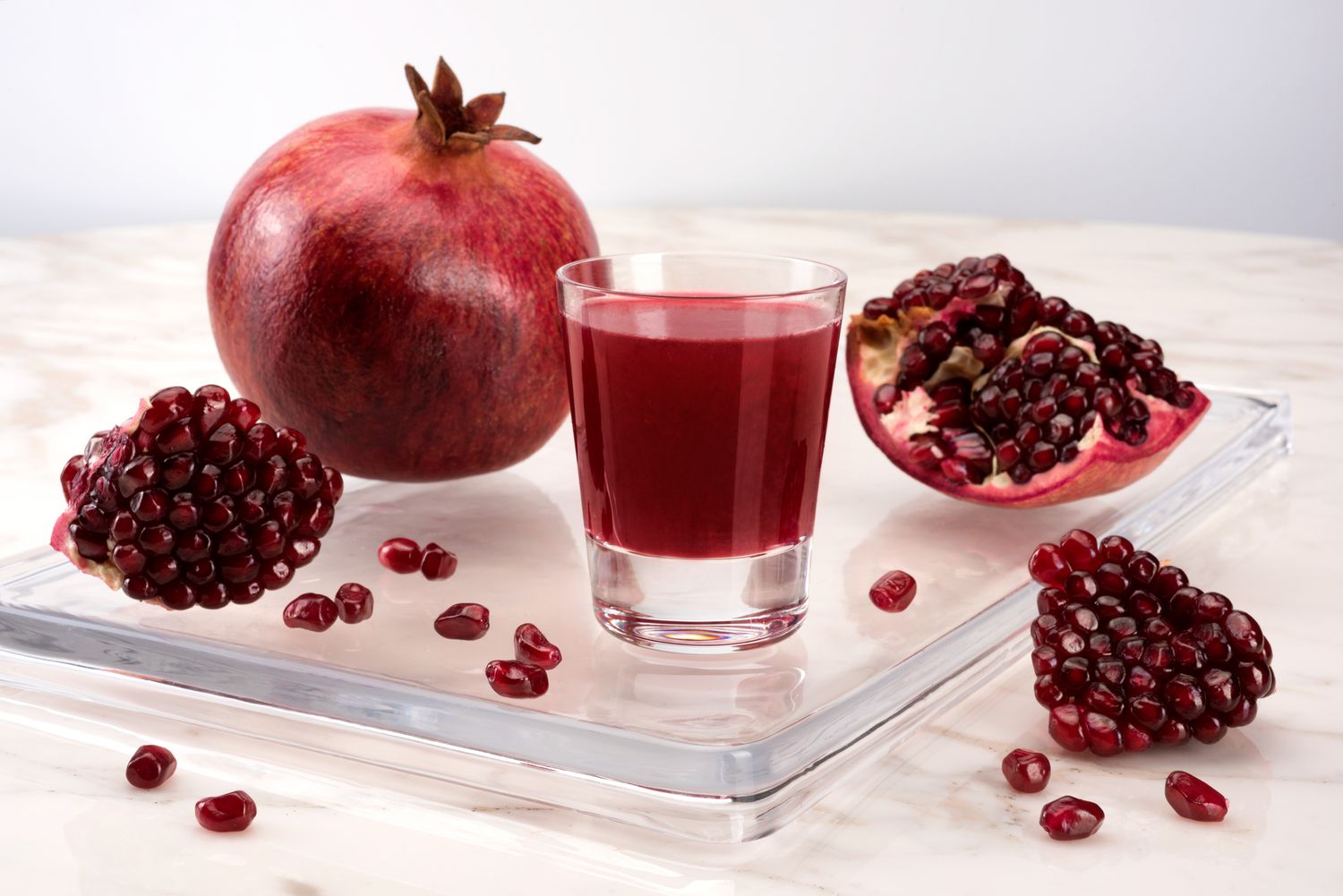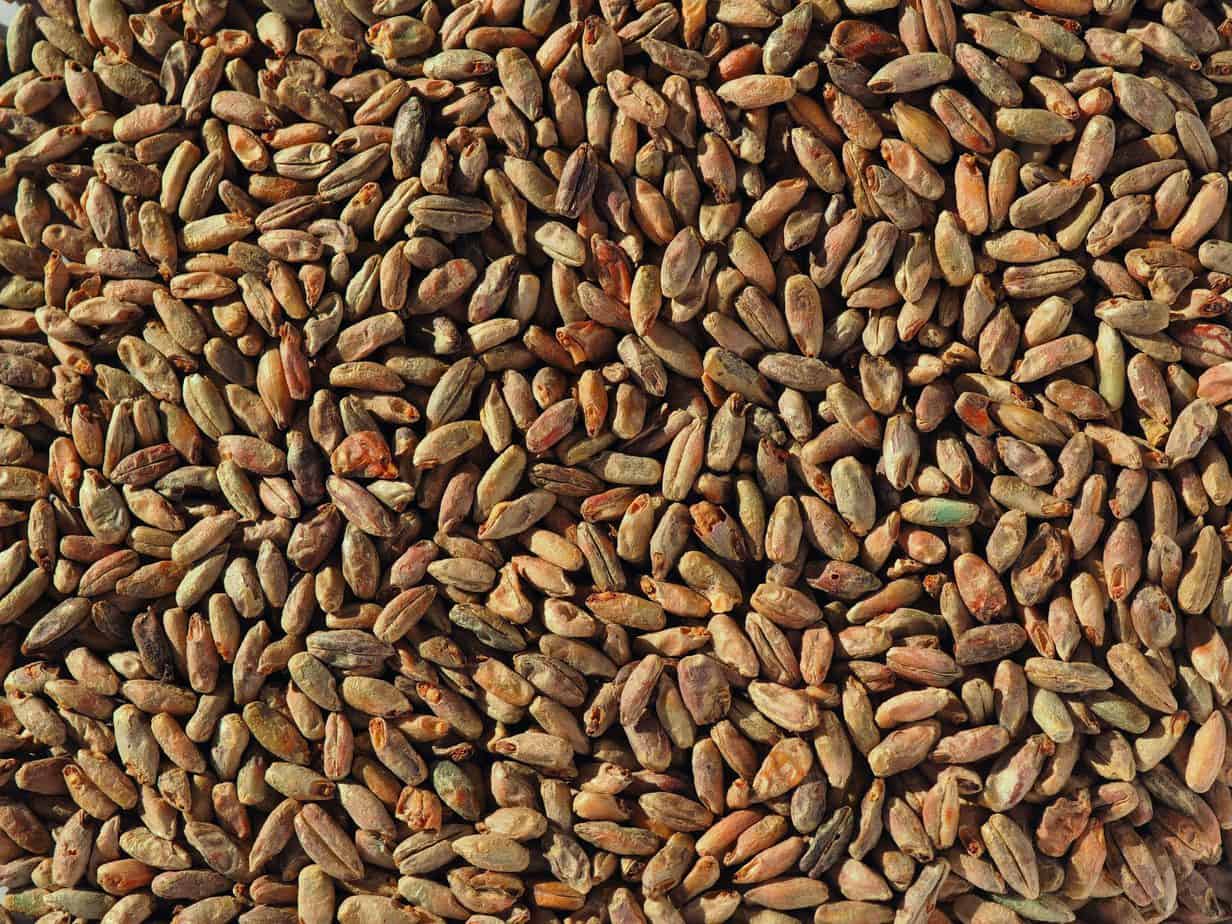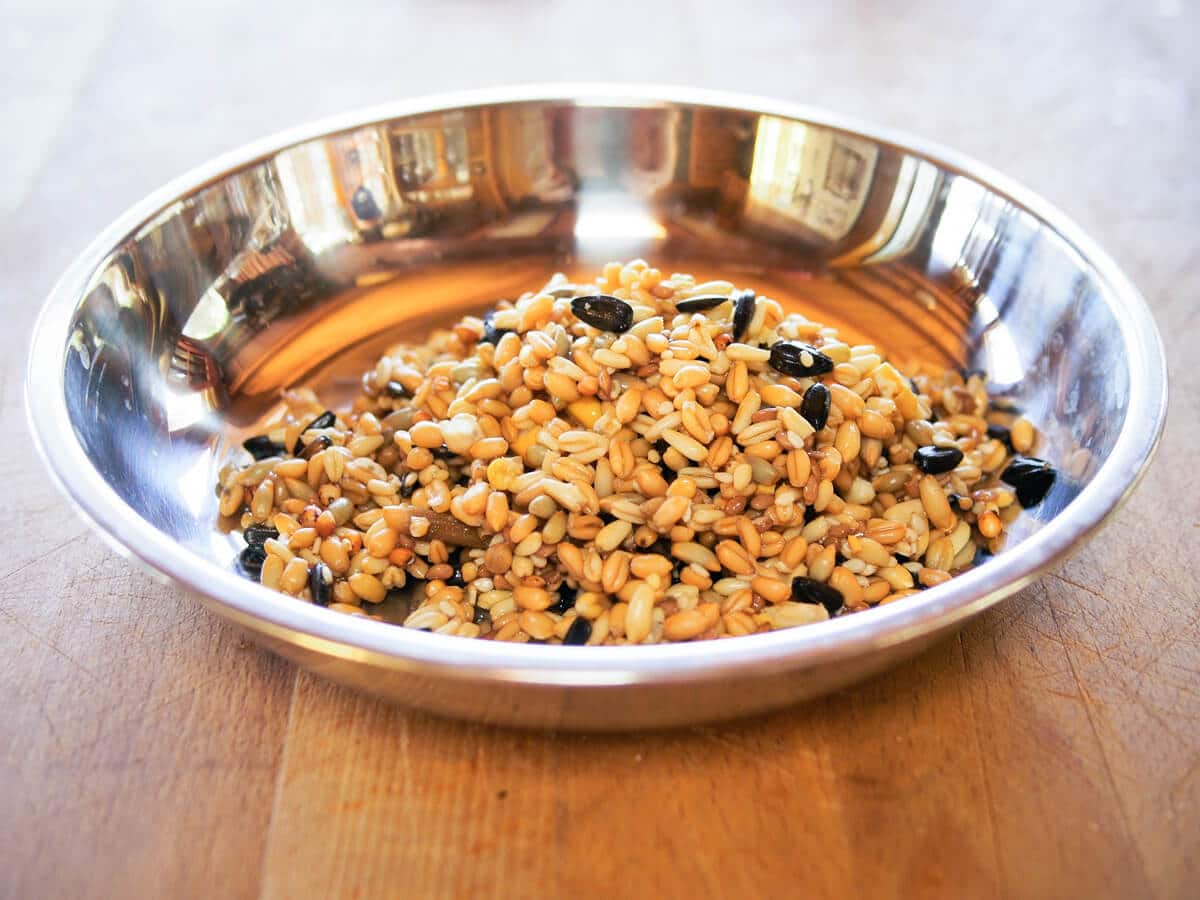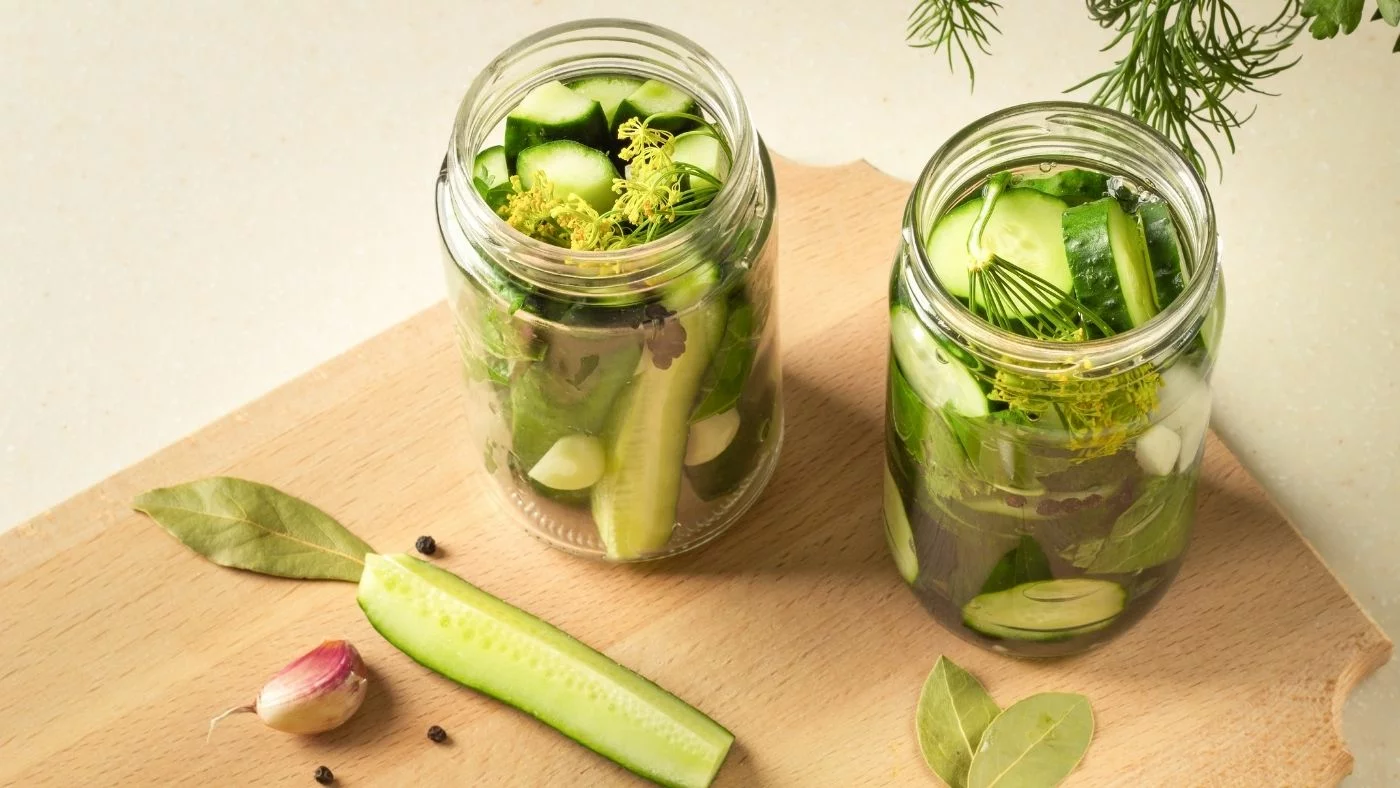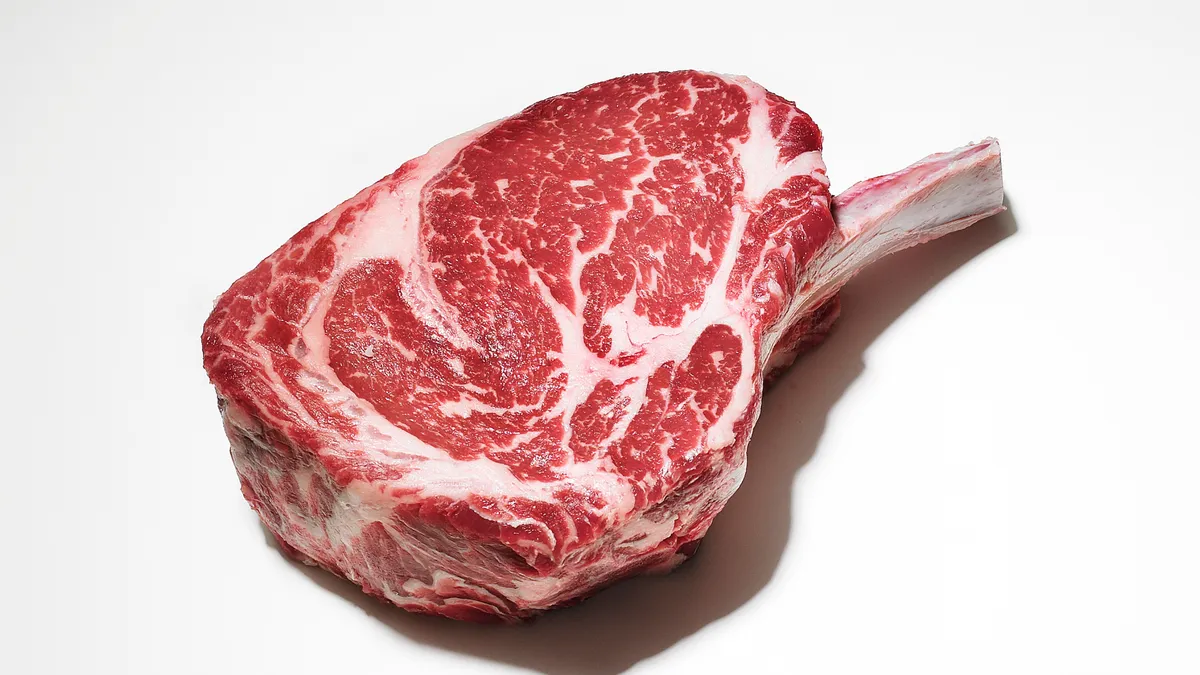What is Barley Fermentation?
Barley fermentation is the process of converting barley, a versatile and nutritious grain, into fermented products such as beer, malt vinegar, and barley wine. This process involves the use of microorganisms, typically yeast, to break down the sugars in barley and produce alcohol and carbon dioxide.
Choosing the Right Barley
When fermenting barley, it’s important to start with high-quality barley grains. Look for barley that is plump, intact, and free from mold or damage. Two common types of barley used in fermentation are:
- Two-row barley: This type of barley is commonly used in brewing beer due to its high enzyme content, which helps in the fermentation process.
- Six-row barley: This barley variety has a higher protein content and is often used in the production of malt and whiskey.
Malting the Barley
Before fermenting barley, it needs to be malted. Malting involves soaking the barley in water to allow it to germinate, then drying it to stop the germination process. This results in the production of malt, which is rich in enzymes needed for fermentation.
The Fermentation Process
Once the barley is malted, it can be used to make a variety of fermented products. The fermentation process typically involves the following steps:
- Mashing: The malted barley is mixed with hot water to activate the enzymes and convert the starches into fermentable sugars.
- Boiling: The resulting liquid, known as wort, is boiled and hops may be added to provide flavor and bitterness in the final product.
- Fermentation: Yeast is added to the cooled wort, and the mixture is left to ferment, allowing the yeast to consume the sugars and produce alcohol and carbon dioxide.
- Maturation: After fermentation, the product may undergo a maturation process to develop its flavor and character.
Uses of Fermented Barley
Fermented barley can be used to create a wide range of products, including:
- Beer: The fermentation of barley is a key step in beer production, resulting in a diverse range of beer styles with varying flavors and characteristics.
- Malt vinegar: Barley malt can be fermented to produce malt vinegar, which is commonly used in cooking and as a condiment.
- Barley wine: This strong and flavorful beer-style beverage is produced through the fermentation of barley, resulting in a high-alcohol content and rich, complex flavors.
Conclusion
Fermenting barley is a fascinating process that has been used for centuries to produce a wide array of fermented products. Whether you’re interested in brewing your own beer, making malt vinegar, or exploring the world of barley wine, understanding the basics of barley fermentation is the first step towards creating delicious and unique fermented creations.
Was this page helpful?
Read Next: How To Ferment Grains For Alcohol
